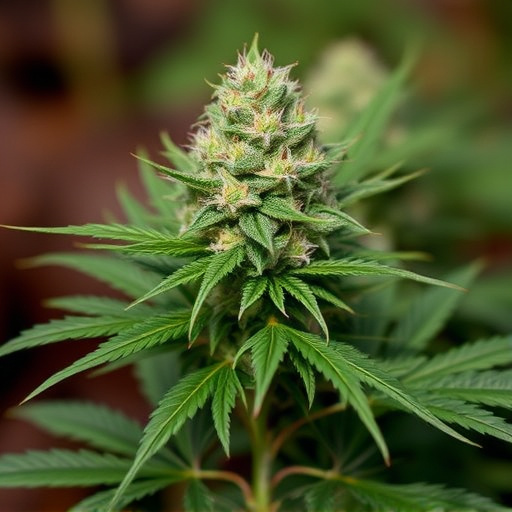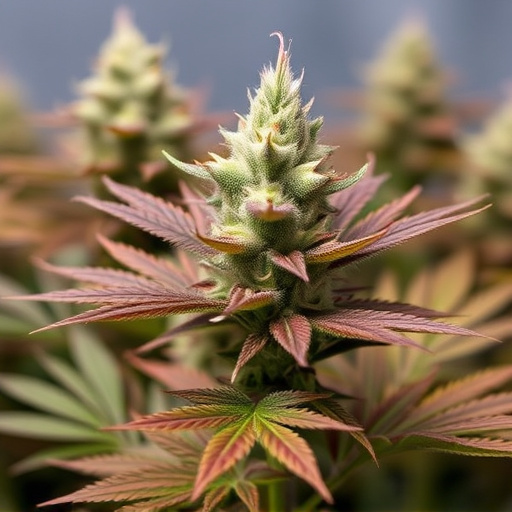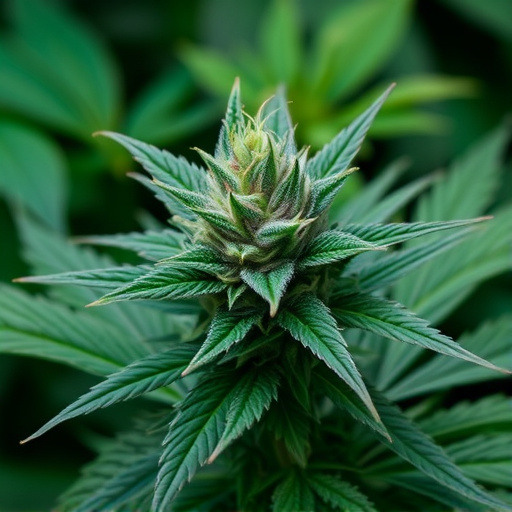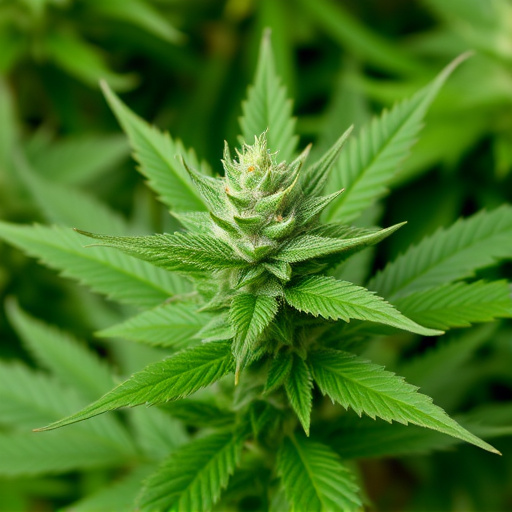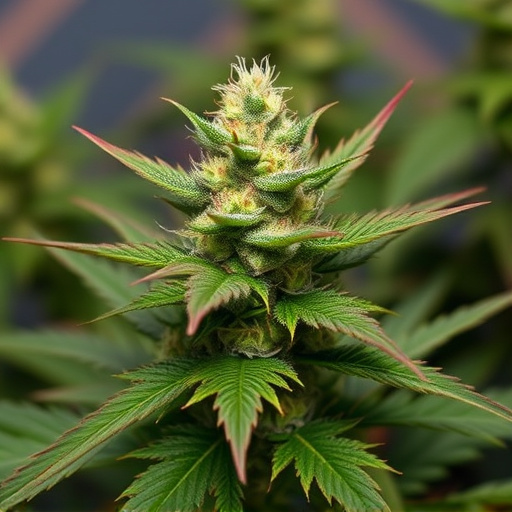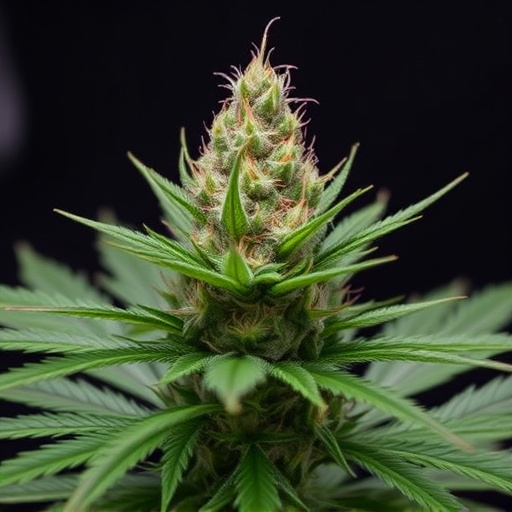Drug tests detect cannabis (weed) through urinalysis (UA), blood analysis, and other methods like saliva and hair follicle testing. UA identifies metabolites like THC-COOH from best selling cannabis strains for up to 30 days, while saliva tests offer a shorter window of 2-3 days. Potent indica strains with high THC levels show detectable traces longer due to their effects and metabolic breakdown products. Individual metabolism varies test outcomes, making the same strain's impact different among users. Chronic users may remain detectable for weeks or months compared to occasional users testing positive for only a few days.
“Uncover the surprising insights into how weed (cannabis) can show up on drug tests, a topic that’s both intriguing and complex. This comprehensive guide delves into the world of drug testing methods, exploring their effectiveness in detecting cannabis use. From understanding the science behind common test types to dissecting the active ingredients and breakdown times of popular best-selling cannabis strains, this article is your go-to resource for informed insights.”
- Understanding Drug Tests and Their Methods
- The Presence of Weed in Common Drug Test Types
- Detecting Cannabis: Active Ingredients and Breakdown Times
Understanding Drug Tests and Their Methods
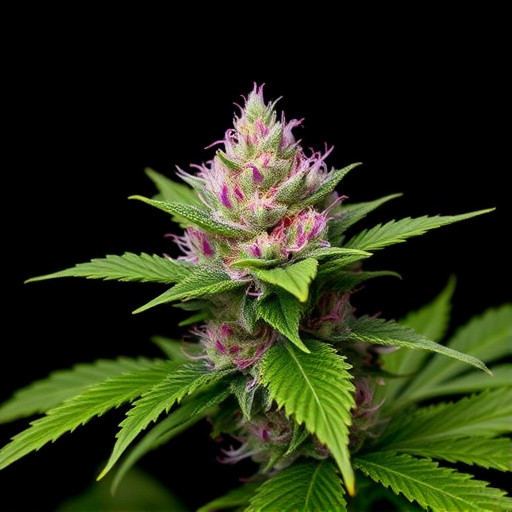
Drug tests have become an integral part of modern life, from workplace screenings to legal and medical evaluations. These tests are designed to detect the presence of various substances, including illegal drugs and, in some cases, prescription medication. When it comes to understanding how weed shows up in drug tests, it’s crucial to grasp the methods behind these assessments.
The most common types of drug tests rely on urinalysis (UA) or blood analysis. UA is a non-invasive procedure where a sample of urine is collected and tested for the presence of metabolites associated with cannabis use. These metabolites, like 11-nor-9-carboxy-THC (THC-COOH), are byproducts of the body’s breakdown of THC, the primary psychoactive compound found in best selling cannabis strains. Blood tests, on the other hand, involve drawing a small sample of blood to search for evidence of drug use through the detection of substances like THC or its derivatives.
The Presence of Weed in Common Drug Test Types
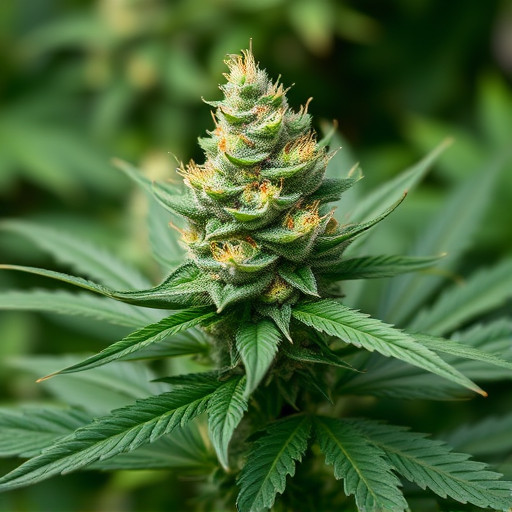
Weed, or more scientifically known as cannabis, can show up in drug tests in various forms, depending on the type of test and how recently it was consumed. The most common drug tests include urine, saliva, and hair follicle testing. Urine tests are widely used and can detect cannabis metabolites for up to 30 days after consumption, making them a popular choice for workplace and legal settings. Saliva tests, though less invasive, also offer a similar detection window of around 2-3 days, providing a quick way to test recent use.
When it comes to the best selling cannabis strains, their impact on drug tests varies. Strong indica strains with high THC content can leave detectable traces for longer periods due to their potent effects and higher metabolic breakdown products. Conversely, sativa or hybrid strains with lower THC might be less likely to show up in standard tests, especially if consumed in smaller amounts. However, individual metabolism plays a significant role, meaning the same strain could have varying test outcomes based on the user’s body chemistry.
Detecting Cannabis: Active Ingredients and Breakdown Times

Detecting cannabis in drug tests involves understanding its active ingredients and how long they remain detectable in the body. The primary compounds that show up on standard drug screenings are THC (tetrahydrocannabinol) and CBD (cannabidiol), with THC being the more potent of the two. These substances are produced by the plant itself, making them reliable indicators of recent cannabis use.
The detection times for these compounds can vary significantly depending on several factors like frequency of use, the strain’s THC content (with best-selling cannabis strains often boasting high THC levels), and individual metabolism. While minor users may have THC detectable for a few days, chronic users could test positive for weeks or even months. This is because THC has a relatively long breakdown time; it can take several days for half of the substance to leave the body through metabolism and excretion.
Weed, or cannabis, can be a persistent presence in drug tests due to its varying breakdown times and active ingredients. Understanding how it shows up, especially in common test types, is crucial for anyone aware of the potential consequences. From the article’s exploration of drug testing methods to the detection capabilities for cannabis’ best-selling strains, it’s clear that knowledge is power when navigating these processes. By being informed about the science behind weed’s detectability, individuals can make more conscious decisions regarding their health and legal implications.







